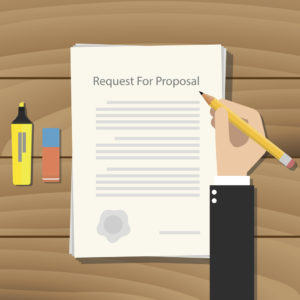By Kate Burrows
Tender documents can be overwhelming on many fronts, especially when you are new to tendering or even a seasoned professional.
Often the document itself is a major contributor to this frustration and stress, especially if its hundreds of pages and in multiple parts, with various attachments, schedules and appendices.
On a recent $2 billion infrastructure tender I worked on, the bid team needed a diagram to understand the relationship between the many and various sections of the tender document. The diagram resembled a family tree!
For a business professional who is new to tendering, it can be difficult to wade through the tender documentation, and identify the most important and relevant sections for a question you need to respond to.
You may not be aware of:
- What are the typical parts of a tender document?
- What is the purpose of each section?
- What relationship does each part or section play to one another?
- What are the relevant requirements to the question you are answering?
So before jumping in and writing a response, business professionals should read the tender document and identify the relevant requirements that relate to their question.
For example, in a tender document for the design and construction of a new hospital:
- The client has set out in Section A, Conditions of Proposal that the response needs to be written in Arial 11 font, supplied in pdf format and with no cross referencing
- Section B, Conditions of Contract contains the responsibilities and obligations that the winning bidder needs to meet over the term of the Contract, such as the timeframe for building the hospital and the penalties if it is late
- The client has determined in Section C, Specification that it wants the new hospital to be designed and built to specified standards and functional performance requirements.
Failure to understand and address the relevant requirements in your response may mean you score a low mark, or worse, fail to comply!
It sounds complicated and often is, but you need to navigate through a tender document and identify the relevant requirements to your question or questions. Then you need to ensure you address these requirements in your response.
Once you learn the tricks of the trade, you will gain the skills and confidence to ensure your tender response is compliant each and every time.

